Using an EQ and filters can help balance your mix and make it sound clean and clear. In EDM production filters can be your new favorite tool or they can wreak havoc on your mix. We will cover the anatomy and terminology of a standard EQ, filtering options, solving some common problems and lastly we will learn some new tricks that will make a huge difference when you mix your next track.
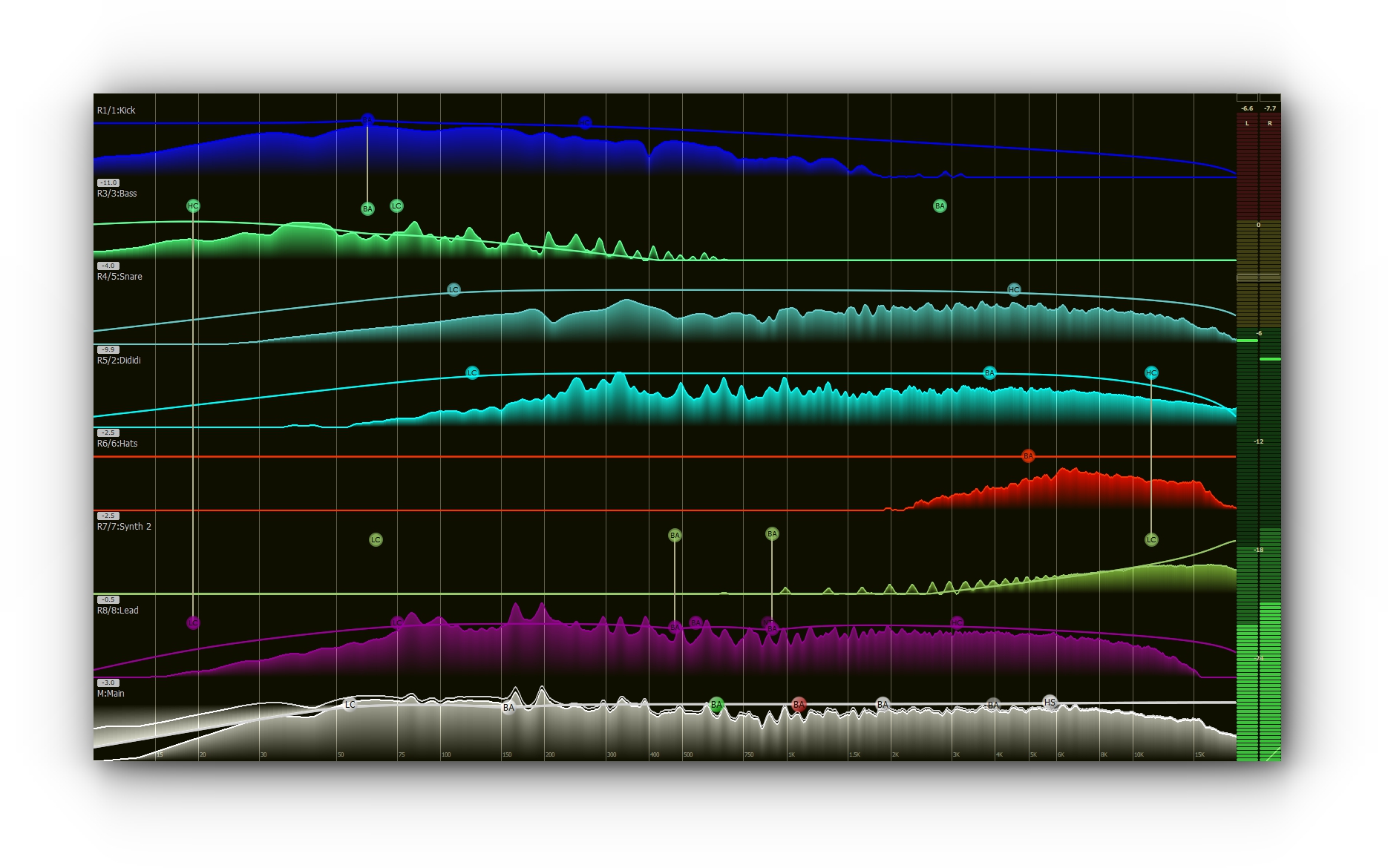
Adjustments to your EQ affect the overall gain of the track. When you boost something be sure to pay close attention to your levels. With an EQ the best way to approach it is to remember this, Less is More. Look at your mix like a slab of concrete. EQ is the hammer and nail you use to chip away the unwanted portions to reveal the delicate details.
Let's take a look at all the types of filters there are and what they can do for you.
THE FILTER DICTIONARY

Band Pass - Frequencies on either side of the cutoff are stopped.
Comb Filter - Adds a delay of the source to the signal.
Cutoff - The point in which the frequencies are to be cut.
Frequency - Defines the cutoff frequency for the filter.
High Pass - Frequencies below the cutoff are stopped. All others are at full level.
High Shelf - Frequencies below the cutoff are made quieter rather than stopped.
Low Pass - Frequencies above the cutoff are stopped. All others are at full level.
Low Shelf - Frequencies above the cutoff are made quieter rather stopped.
Notch Filter - (Also called the “Stop Band”) Frequencies are stopped by the filter.
Pass Band - Frequencies that are allowed to pass through the filter.
Peaking Filter - A peak, or bell-shaped curve, that cuts around a selected center frequency.
Resonance - Boosts the frequency near the cutoff level.
Shelving - Creates a rise or drop in frequency response.
Slope - The range frequencies go from unfiltered to filtered.
Stop Band - (Also called the “Notch Filter”) Frequencies that are stopped by the filter.
SOLUTIONS TO COMMON PROBLEMS
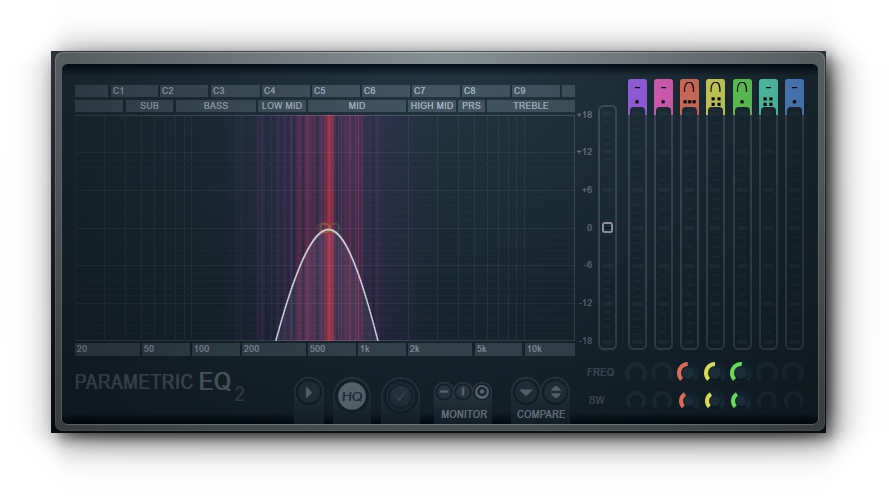
Often people will describe the overall sound of your mix. Or you yourself will catch it. These are some of the most commonly used terms, what the problem is, and how to resolve it.
MUD MIX
Kick drums, 808's and bass synths are the only things that should occupy the space in your low range. The removal of low end from things that only occupy a high range such as hi-hats- crash cymbals, shakers, ticks, pops, crackles should have all the low frequencies cut off.
THIN MIX
The use of too many effects that implement a high pass filter such as EQ, limiters, and compressors.
BOX MIX
Everything is in the mid-range. There needs to be equal distribution of sounds in their respective frequency spaces. Kick and bass go low, cymbals go high. A bass synth, a lead synth, and a pad should not all occupy the same range.
HOLLOW MIX
Jekyll and Hyde. Everything is extremely low and extremely high. No mid-range. Most instruments occupy the mid range. If you drastically move sounds to low or high, the mid range is then unoccupied and hollow.
EAR FATIGUE MIX
Too many frequencies in too high of a range for too long in duration. Yes, this actually happens. Frequencies that are too high can be very unpleasant. This can cause headaches in some listeners.
GRAY MIX
Not enough high end. If your mix is murky or just down right depressing, lacking energy, you have a gray mix. Add some color and excitement by increasing the high frequencies of your lead or pads.
QUICK TIPS AND FAST TRICKS
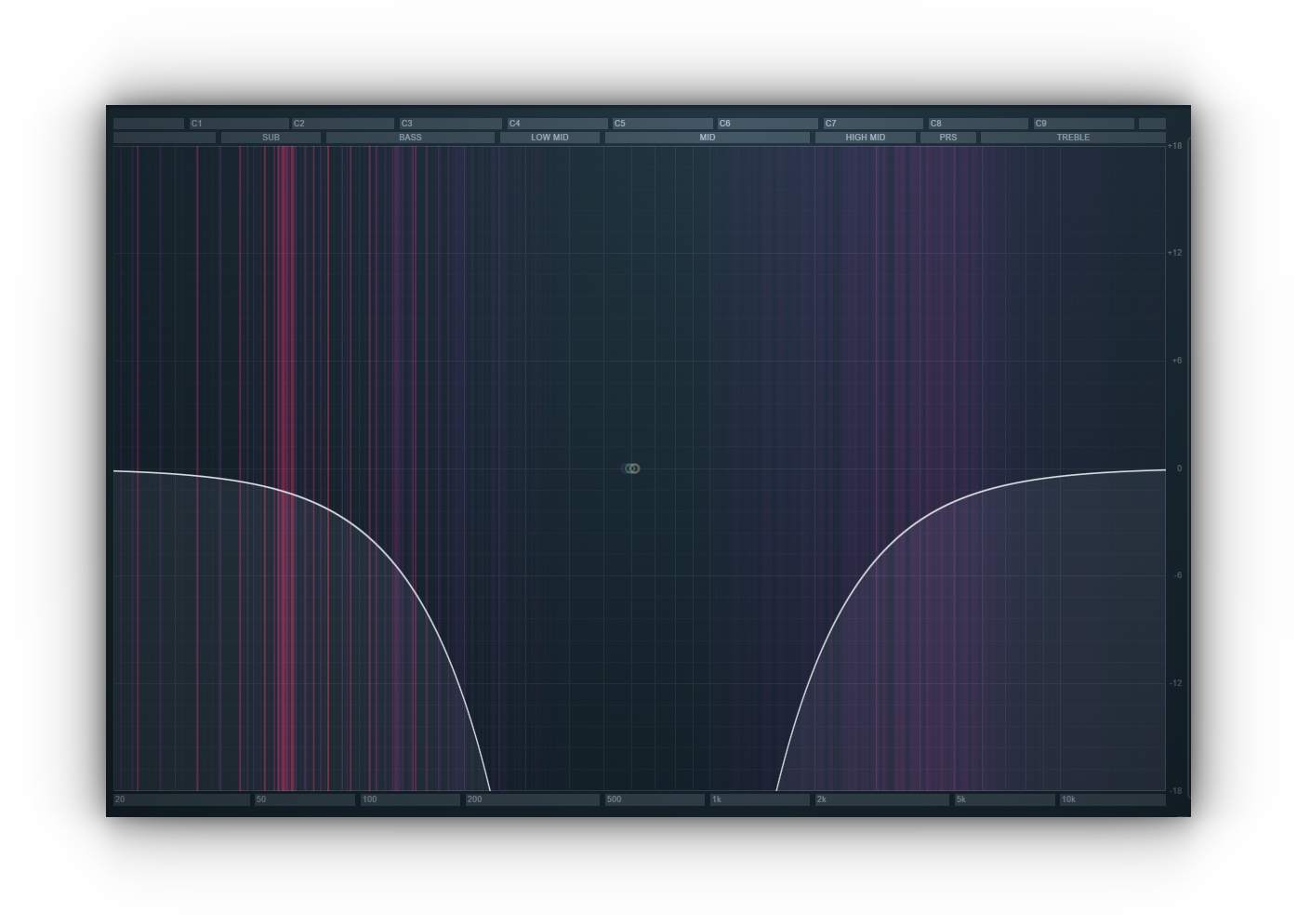
Ever wonder, "how did they do that?" Or want to learn something new without watching a 30-minute video? These are some simple, easy, and effective tips and tricks.
A PUNCHY KICK
This does not mean a kick with loads of low end. You need to consider all the different music platforms and listening devices. They all have different frequency responses. Listening to an 808 in a car with a subwoofer can be a totally different experience when listening to the same song on a TV or cheap headphones as you won't hear the 808. If you want a punchy kick, layer it with a high range frequency kick or just give a nudge to the high-frequency band of the kick you are using. For an 808, pair it with a higher range kick and offset the 808. This will allow every listener to hear that there is something happening there,
CREATE HEADROOM
Low frequencies eat up headroom in a mix. This is because low frequencies have more energy.
That energy may not even be heard if it is so low. To monitor this try an EQ with a visual display of the spectrum to help you see which tracks are contributing the most to excessive low end. Consider cleaning things up If there’s a lot of activity below 50 Hz.
FILTER SWEEPS
Try using a band-pass or low-pass filter to sweep through the frequency spectrum. This creates stab like slices that cut and boost different frequencies.
CREATE MOVEMENT
Sweeping a notch filter up and down the frequency spectrum can create some great effects for bringing additional movement to leads and other synth lines. High frequencies are perceived to be close while lower frequencies are perceived to be further away.
The filters of an EQ are one of the most over looked tools you can use. While the changes are subtle when it's one sound at a time, but by the time you bring it all together you will notice a drastic improvement to your final mix.










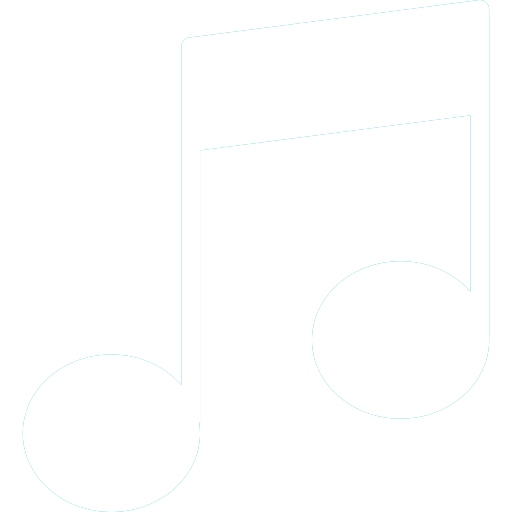



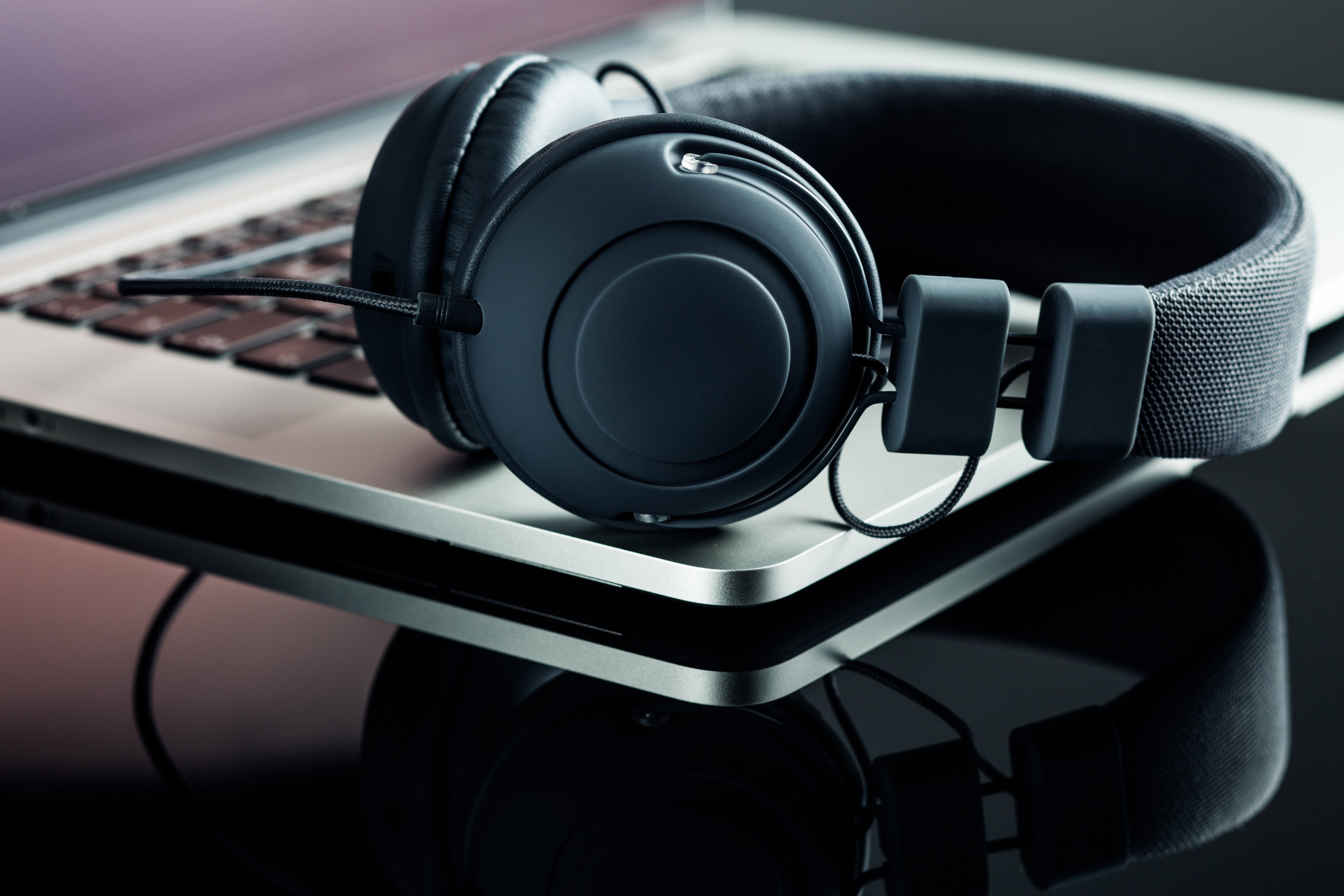
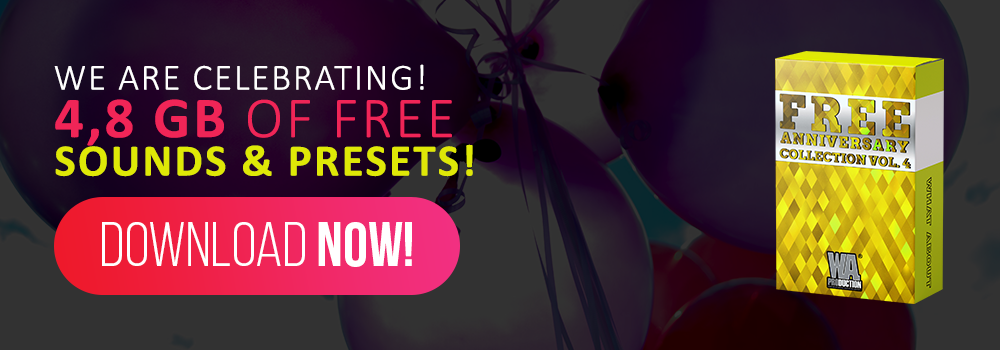
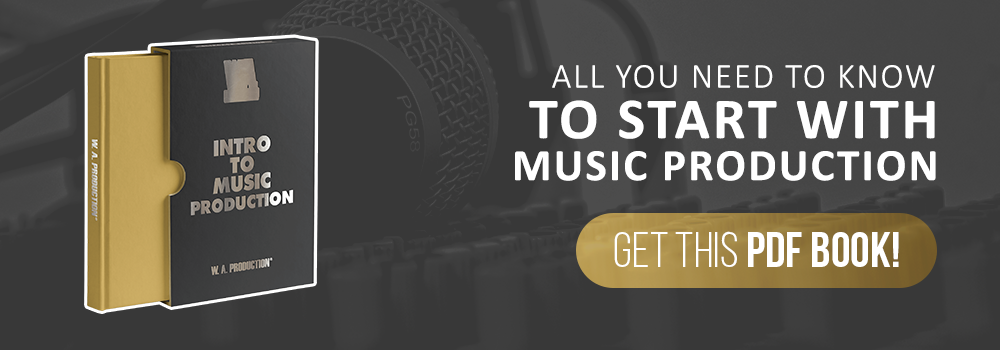
_Cropped.png?width=1600&name=02%20(2)_Cropped.png)




















Your Comments :